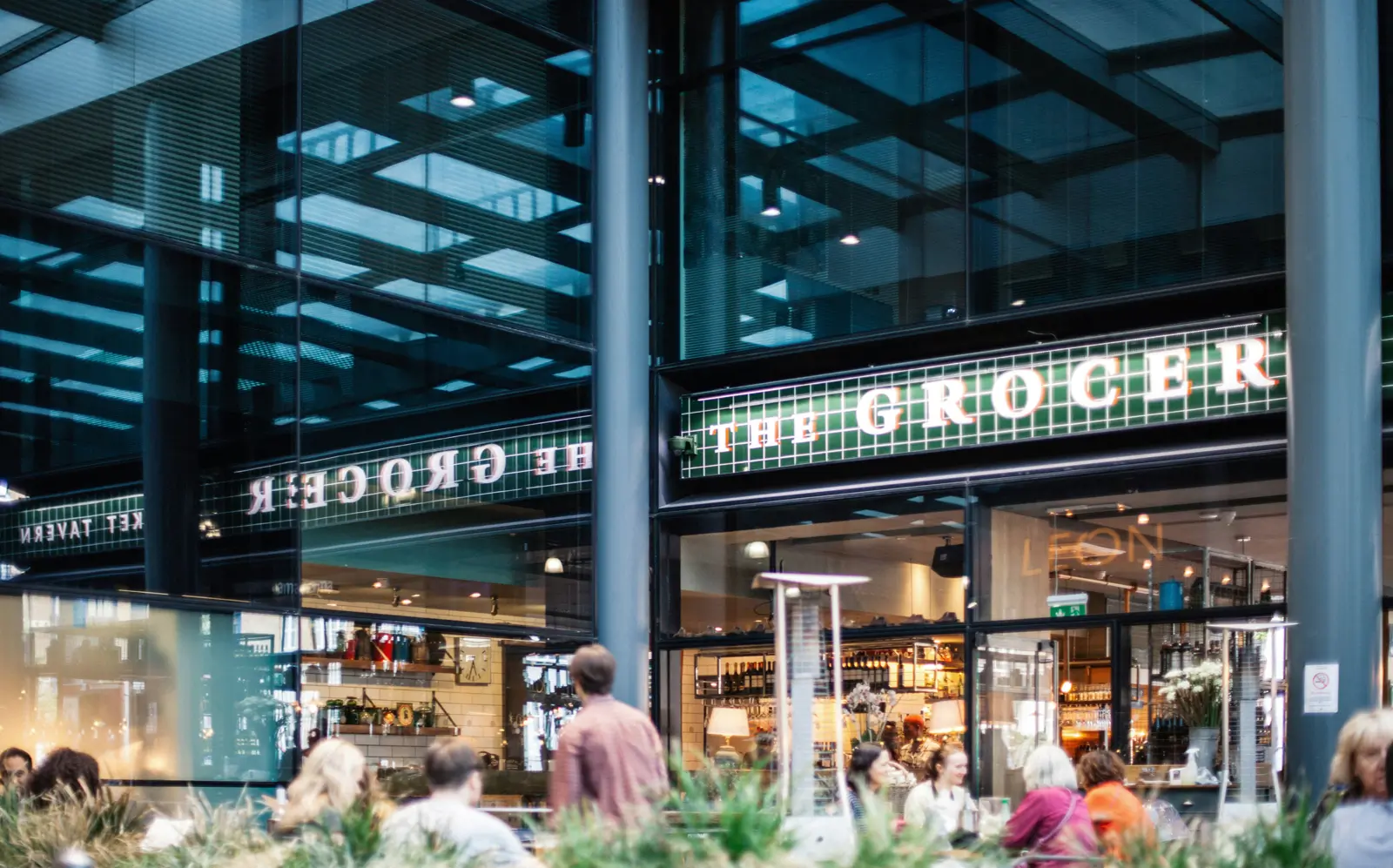
From renewed investor interest to evolving tenant demands, the landscape is shifting across office, retail, and industrial markets. Here’s a closer look at the trends shaping the year ahead.
Economic conditions in 2025 are expected to support a more favourable commercial property market. As inflation subsides, interest rate cuts are anticipated to stimulate activity, reduce financial pressures, and boost investor confidence. This improved economic outlook lays the foundation for growth across key commercial sectors.
Core commercial property assets are stabilising, with values now at cyclical lows. This adjustment allows investors to secure prime properties before the market enters its recovery phase.
Prime industrial and CBD office properties in major markets like Sydney will likely lead this resurgence, with other cities following suit as transaction volumes grow. By acting early, investors can benefit from a market rebound projected to extend well into the decade.
Many investors are ready to re-enter the market, taking advantage of adjusted asset pricing and emerging opportunities. Key sectors such as office, retail, and industrial properties are drawing increased interest due to their potential for long-term returns.
The retail sector is particularly attractive, with assets like metropolitan shopping centres, neighbourhood hubs, and mixed-use developments offering strong demographic support and reliable income streams. Due to ongoing structural undersupply, industrial properties, including last-mile logistics facilities and high-demand units, remain a critical focus.
Despite high office vacancy rates, demand for high-quality office spaces is surging. Organisations increasingly prioritise sustainability and workplace experience, creating a strong appetite for buildings with premium amenities and advanced environmental certifications.
Hybrid working patterns are stabilising, with many businesses adopting more consistent in-office attendance policies. This has spurred investment in modern office environments that offer flexibility, attract talent, and support long-term growth strategies.
The industrial property market is set for further growth in 2025, driven by increasing demand for advanced logistics facilities, data centres, and manufacturing hubs. Rising consumer spending and an uptick in economic activity are expected to boost leasing activity significantly.
At the same time, supply constraints are likely to tighten the market as developers hold back on new projects. This dynamic creates opportunities for investors to focus on high-value assets in strategic locations.
The retail property market has experienced its most substantial investor interest in a decade. Enhanced customer experiences, asset performance, and population growth contribute to this sector’s recovery.
Physical retail stores, particularly those offering a mix of essential services, entertainment, and daily needs, are proving resilient. As the retail landscape evolves, properties prioritising lifestyle experiences and community integration will likely attract the most attention.
Sustainability continues to be a significant focus in the commercial property sector. The introduction of the Australian Sustainability Reporting Standards (ASRS) has driven organisations to report on their emissions and climate strategies.
Commercial property owners increasingly adopt energy-efficient practices and implement zero-waste principles to align with net-zero goals. These efforts meet regulatory requirements and provide long-term operational savings and environmental benefits.
The shift toward premium office spaces and sustainability requirements creates opportunities for repurposing older assets. Properties unable to meet modern environmental and tenant standards are being targeted for conversion into residential, hotel, or mixed-use developments.
Urban housing shortages will likely accelerate this trend, with city authorities revising land-use policies to support redevelopment initiatives. For property owners, strategic planning and adaptability will be critical in navigating these changes.
2025 presents many opportunities for investors and property owners prepared to adapt to the evolving market. Norfolk Commercial, a boutique agency specialising in commercial property sales, leasing, and management, is uniquely positioned to help clients capitalise on these trends.
Whether you’re looking to secure a premium investment, reposition existing assets, or navigate the complexities of a dynamic market, our team is here to help you.
Contact Norfolk Commercial today to explore how we can help you achieve your commercial property goals in 2025.


After a period of economic uncertainty, Australia’s commercial property market is set for significant change in 2025. With inflation showing signs of easing and interest rate cuts anticipated in the latter half of the year, the sector is poised for recovery.

Norfolk Commercial has completed the sale of 131 Claremont Crescent, a rare heritage-listed property in Swanbourne’s prized retail precinct.

In this comprehensive report, we will shed light on the remarkable resilience and growth of the Australian industrial real estate market, backed by data from the latest research.